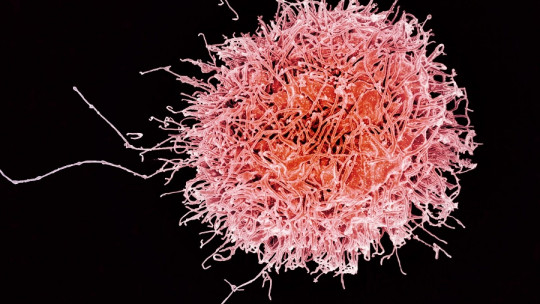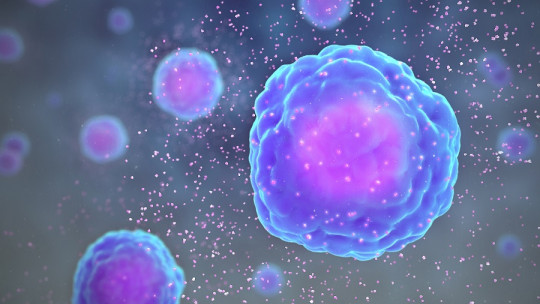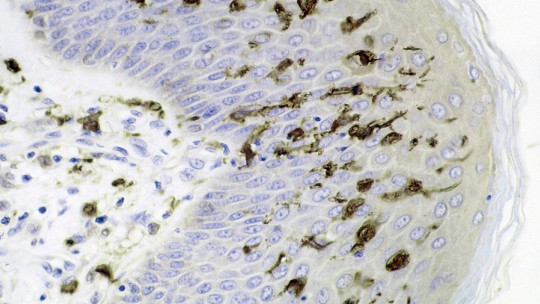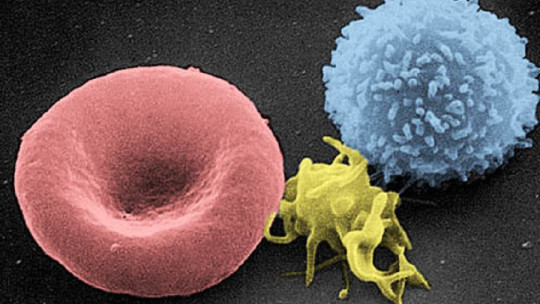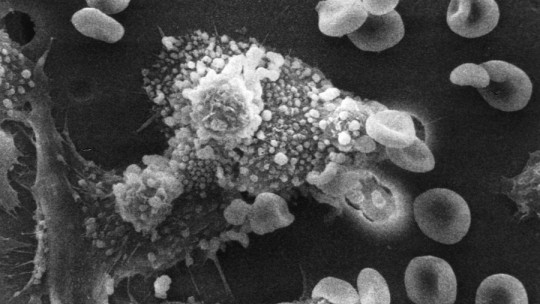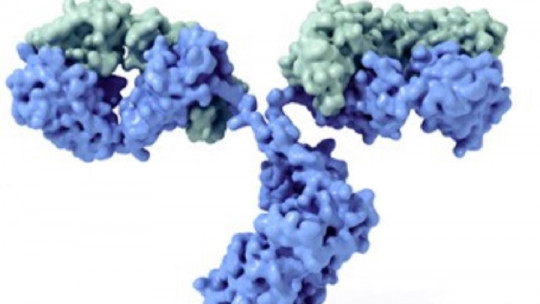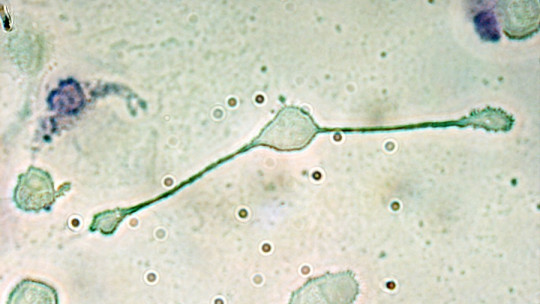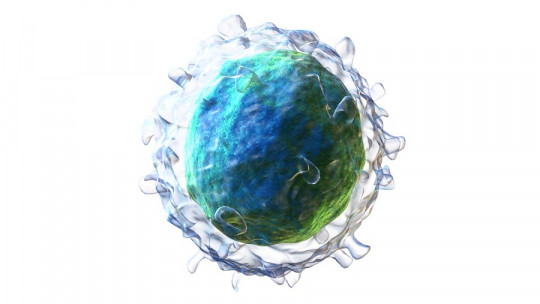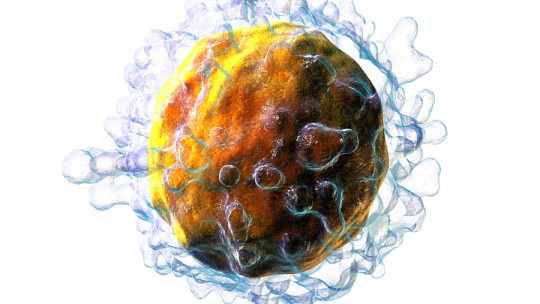
When we talk about the immune system, we all have a slight notion of its function, which is to protect us. The immune system protects us from any type of threat, not only viruses and bacteria, it is also responsible for eliminating tumor cells, they are the cells that can give rise to cancer.
Our immune system is something complex and incredibly structured, in reality the immune response is divided into two immune responses. A first generic response, where our body fights all pathogens in a similar way and a specific response, directed at the specific aggressor. It is in this second type of response where the lymphocytes we know play their leading role.
In this article we will detail the different responses of the immune system and the specific role of lymphocytes in the fight against aggressors.
What are lymphocytes?
In our daily lives we are exposed to many types of external aggressions. These attacks can be of physical origin (heat, trauma, radiation), biological (viruses, bacteria and parasites), or chemical origin (poisons, alcohol, etc.).
Our immune system is responsible for maintaining the homeostasis of our body, this means that it has to keep our body in a constant balance against aggressions and changes from the external environment. But, to achieve this, he has to fight against those responsible and eliminate them. Many organs, mechanisms and systems collaborate with each other to defend us from daily threats.
Lymphocytes are a type of cell in our immune system whose main role is to identify and eliminate the pathogenic agents present in our body.
Any microorganism that can cause a disease is called a pathogen. Lymphocytes can then fight against any threat; it is important to highlight that they can protect us from cells that have stopped functioning properly, such as tumor cells.
The nonspecific immune response
When a pathogen enters our body, it triggers an immune response. In a very simplified way, Some cells residing in our tissues, macrophages, are the first to identify and combat the pathogen To eliminate it, they will surround it using their cytoplasmic membrane and introduce it into the cell interior to break it down into small parts. This process, in which we can say that the macrophage engulfs the pathogen, is known as phagocytosis.
Macrophages will also generate chemicals to warn other immune cells of the presence of the aggressor. When, for example, we get a cut, not only one germ enters our body, but millions of them. In a kiss, for example, 80 million bacteria can be exchanged. These data provide an idea about the number of cells involved in the immune response.
Chemicals released by macrophages alert other cells circulating in the bloodstream, mostly neutrophils. These are not tissue resident cells, like macrophages. Neutrophils are able to leave the bloodstream and migrate to tissues, this mechanism is known as diapedesis. Once in the tissues, neutrophils also have phagocytosis capabilities to combat aggressors.
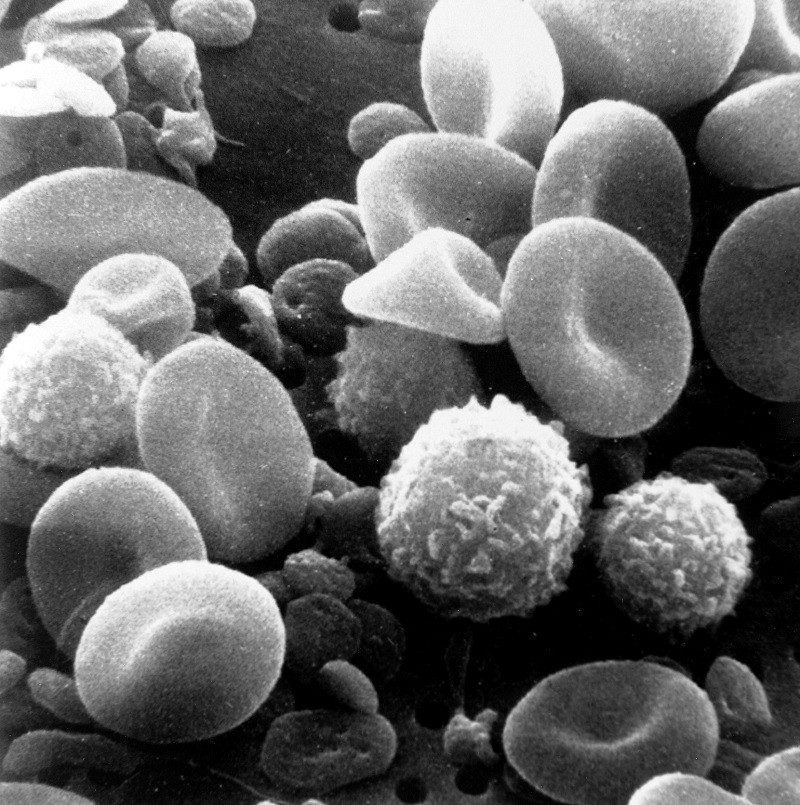
Macrophages and neutrophils can recognize aggressors thanks to the fact that They express, on their cellular exterior, a large number of receptors These proteins anchored in the membrane are capable of detecting and recognizing different molecules that belong to the aggressors. For example, they can distinguish peptidoglycan, which is the polymer that makes up the cell wall of bacteria.
This first part of the immune response is known as a nonspecific response or innate immunity; it does not depend on the pathogen, nor does it require sensitization, that is, having been exposed to the pathogen previously.
NK cells and the nonspecific immune response
A lesser-known type of lymphocytes also participate in the nonspecific immune response. Until now we had seen how our body confronts a microorganism (bacteria, viruses, fungi, protozoa and prions). However, NK (Natural Killer) cells have the mission of destroying altered cells: tumor cells or infected cells.
This type of innate immune cells do not use, like the others, phagocytosis to destroy malignant cells The process by which they eliminate malignant cells is not very clear, but it is known that it is carried out through the secretion of small proteins that destroy the target cell.
If the innate immune response is not sufficient, the immune system has a type of cells that are used to combat the specific aggressor and are, therefore, more effective. Do you know what cells these are? Yes, lymphocytes.
Characteristics of lymphocytes
Lymphocytes, like macrophages (mature monocytes) and neutrophils, along with eosinophils and basophils, They are part of the so-called white blood cells (leukocytes) They are the blood cells responsible for executing the immune response.
Lymphocytes are the smallest cells among leukocytes, approximately 10 to 16 micrometers, and represent between 20% and 40% of white blood cells in the bloodstream (which are measured in an analysis).
We can distinguish three types of lymphocytes: B lymphocytes, T lymphocytes and NK lymphocytes (which we have already presented). These will act together in the immune response.
Synthesis and maturation of lymphocytes
All lymphocytes originate in the bone marrow Later, in their maturation process, they migrate to the primary lymphoid organs, these are the bone marrow and thymus. T lymphocytes mature and differentiate in the thymus and B lymphocytes in the bone marrow. B lymphocytes mature in two stages, first in the bone marrow and then in secondary lymphatic organs, where they are exposed to antigens.
It is interesting to understand how this maturation process occurs to understand how the specific immune response occurs.
During the maturation process, B lymphocytes gradually acquire different molecules in their membrane, among them, the receptor for its specific antigen. We already said, when we talked about nonspecific immunity, that macrophages and neutrophils are capable of detecting different molecules that are common to many pathogens. However, the lymphocyte receptor is specific to a specific antigen.
After maturation, They cluster in the lymph nodes, spleen, and lymphoid tissues, who are responsible for cleaning the blood. Thus, via blood or lymph, B lymphocytes come into contact with the antigens for which they are specific. This phenomenon is called activation.
Roles of B and T lymphocytes in the adaptive immune response
When they come into contact with the antigen, B lymphocytes differentiate into two types of cells, some that act immediately and others that function as a reserve: plasmacytes and memory cells.
Plasmocytes
Plasmocytes are the cells responsible for executing the specific response They use antibodies, which are small, slingshot-shaped proteins capable of surrounding the specific microorganism. In this way, other cells, with the capacity for destruction, can locate and eliminate the previously surrounded pathogen.
This specificity is given because antibodies are only capable of binding to antigens that are expressed on the membrane of the specific pathogen. It’s like antibodies can only bind to humans through our hands, monkeys have hands too, but antibodies can only bind to the hands of Homo Sapiens.
memory cells
As their name indicates, the function of memory cells is save the information about the microorganism and remember it In this way, the moment we are exposed to the same pathogen again, all the memory cells (previously activated) will be able to act immediately, secreting an enormous amount of antibodies. This mechanism is what is called immune memory. If our body already has memory cells, we can eliminate the pathogen more quickly and effectively, this is the principle of vaccines.
T lymphocytes
There are two main types of T lymphocytes, cytotoxic CD8+ T lymphocytes and helper T lymphocytes (CD4+).
CD8+ cytotoxic T lymphocytes
CD8+ cytotoxic T lymphocytes are involved in cellular immunity. This means that are capable of recognizing and destroying cells infected by intracellular pathogens They do this by injecting proteins, which are toxic to all cells in the human body, into the infected cells.
Helper T lymphocytes (CD4+)
T helper lymphocytes They cannot destroy infected cells or microorganisms These lymphocytes have a regulatory role, they activate other cells such as B lymphocytes. The activation process is particular and deserves to be detailed.
In addition to their phagocytic function, macrophages are also antigen-presenting cells. Macrophages not only engulf the pathogen, but also place pieces of it (proteins) on its surface, as if they were a kind of pennants. These proteins, which are placed on the membrane of macrophages, are what we know as antigens, a molecule that the body recognizes as foreign.
Macrophages present antigens to T helper or TCD4+ lymphocytes These will activate B lymphocytes, thus amplifying the immune system response. We already know that the more antibodies, the greater the response.

